- History of the Botafumeiro: from legend to icon
- Ingenuity and evolution: from the dome to the perfect flight
- Meaning and function: prayer that ascends
- Design and craftsmanship: the piece that captivates
- The flight: technique, rhythm and an arc that takes your breath away
- When it works and how to really see it
- Curiosities, anecdotes and legends
- Experience it as part of your Camino
The Cathedral of Santiago, in addition to housing the relics of the Apostle and being the destination of every pilgrim, contains an iconic element of the city. The Botafumeiro, that great flying censer, is, as you know, one of the great attractions of Santiago de Compostela and its cathedral. Join us to discover everything about the Botafumeiro, the icon of Santiago de Compostela and one of the symbols of the Camino de Santiago.
Those who see it for the first time are captivated by its blend of beauty, liturgy and technical precision. It is not just an object that “flies”: it is a perfect synthesis of faith, craftsmanship and historical engineering. Watching it in motion, with the organ resounding and the incense rising, is one of those moments that every pilgrim of the Camino de Santiago and traveler remembers forever.
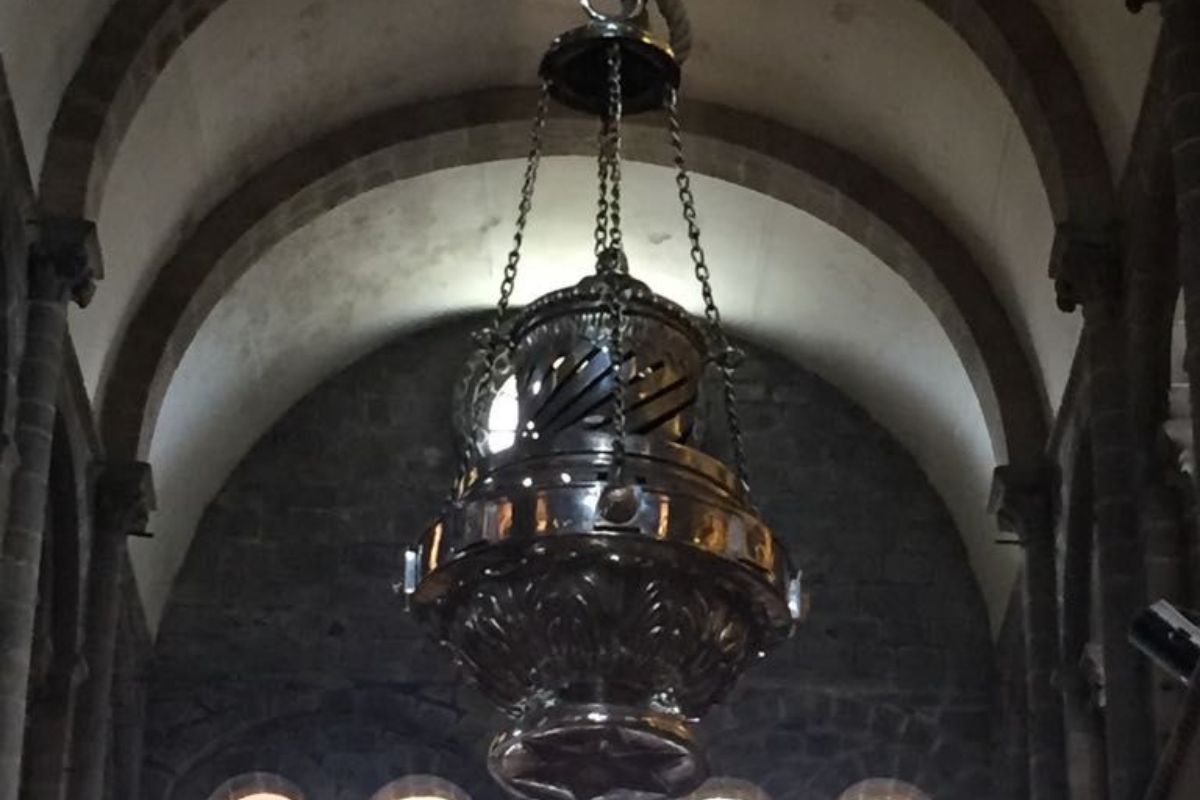
The Botafumeiro, a symbol of the Cathedral of Santiago de Compostela and the Camino de Santiago
History of the Botafumeiro: from legend to icon
The use of censers in Christian liturgy is very common and derives from precedents in Jewish worship and oriental rites where incense was used in solemn ceremonies. In Santiago, the tradition of the great censer dates back to the 14th century. A marginal note in the Codex Calixtinus (1322) already records the use of the turibulum linked to processions and important celebrations.
Its current name, botafumeiro, became popular in the 19th century and, in Galician, literally means “the one that expels smoke”. Technically it is a thurible. In the early centuries its function was twofold: liturgical and practical. The incense accompanied prayer and also helped to freshen the interior of the cathedral when pilgrims, who sometimes slept inside, filled it after long days on the Camino.
The earliest Compostela censers would have hung from wooden beams and their form would have been different from the current one, perhaps made of silver. Popular memory recalls a silver censer seized in 1809 during the Napoleonic invasion —perhaps the one funded by Louis XV—, although there is no absolute documentary certainty. What we do know is that the current Botafumeiro dates from 1851 and was made by the Compostela silversmith José Losada. In 1971 a copy was made, and both pieces are preserved in the Chapter Library.
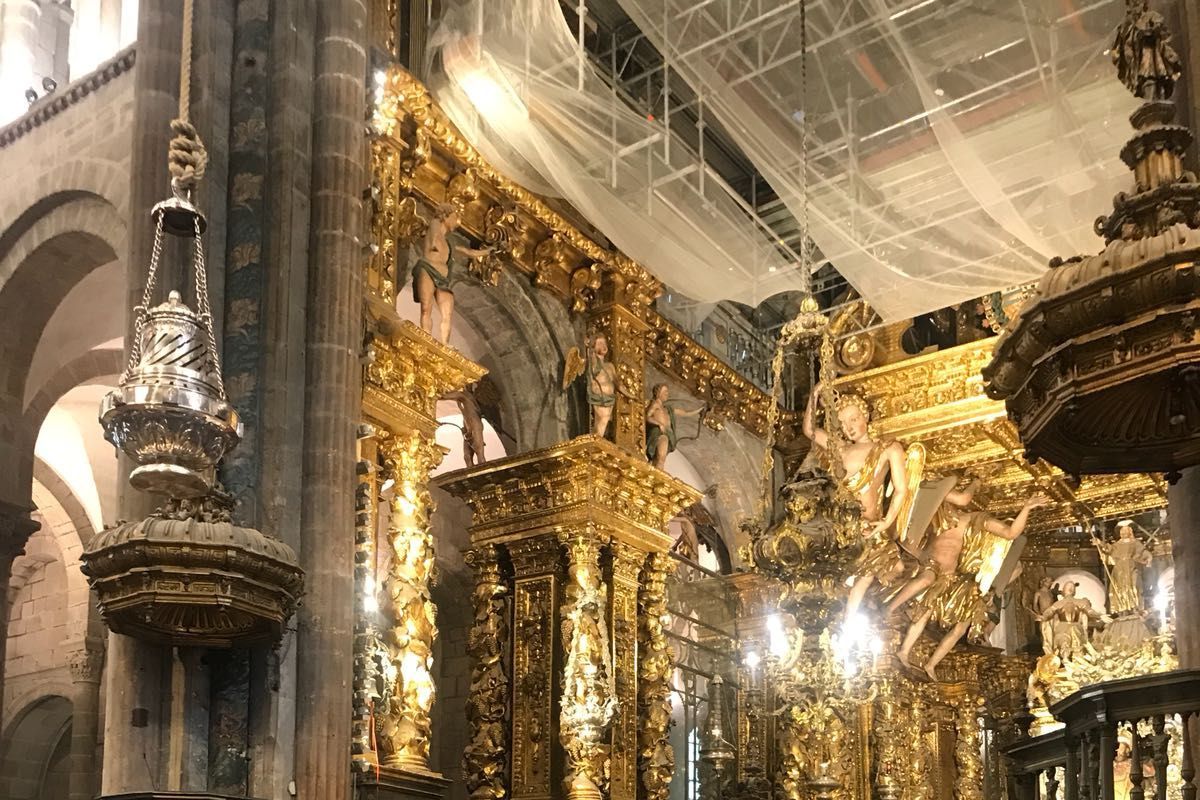
The use of censers in liturgy is ancient and solemn
Ingenuity and evolution: from the dome to the perfect flight
Between the 15th and 16th centuries the dome was erected over the transept, the space where the Botafumeiro is now located. At the end of the 16th century appears the figure of Juan Bautista Celma, who is credited with the design of a cast iron framework that replaced the old wooden structures. His key contribution was the pulley mechanism that enabled a broad and safe flight across the transept, minimizing risks and enhancing the spectacle of the movement.
Over time, the system has been reviewed and maintained. The piece by Losada (1851) —in silver-plated brass— was restored in 2006 to reinforce its structure and silver plating; and the suspension mechanism has undergone recent maintenance interventions to ensure its long-term functioning. Thanks to this work, today the Botafumeiro can continue flying with the same emotion… and with more safety than ever.

The Botafumeiro under the dome, ready to begin its flight across the transept
Meaning and function: prayer that ascends
The Botafumeiro has become an essential part of Compostela tradition. Its meaning is profound: the smoke of the incense that rises symbolizes the prayer of the people ascending to heaven, while at the same time “purifying” the sacred space. During solemn masses, the moment when the censer is set in motion, accompanied by the organ and the expectant silence, creates a unique spiritual atmosphere.
It is also said that, in a more practical sense, it served to freshen the smell of the cathedral, since in former times pilgrims slept inside it, and the smell was sometimes unbearable.
Design and craftsmanship: the piece that captivates
The piece usually used —the one from 1851— is made of silver-plated brass and stands out for its sculptural presence: about a meter and a half in height, generous proportions in the central body and silversmithing work that combines strength with beauty. Inside it, the embers and incense are placed. Its silvered image, reflecting the light of the transept, multiplies the visual effect as it soars through the air.
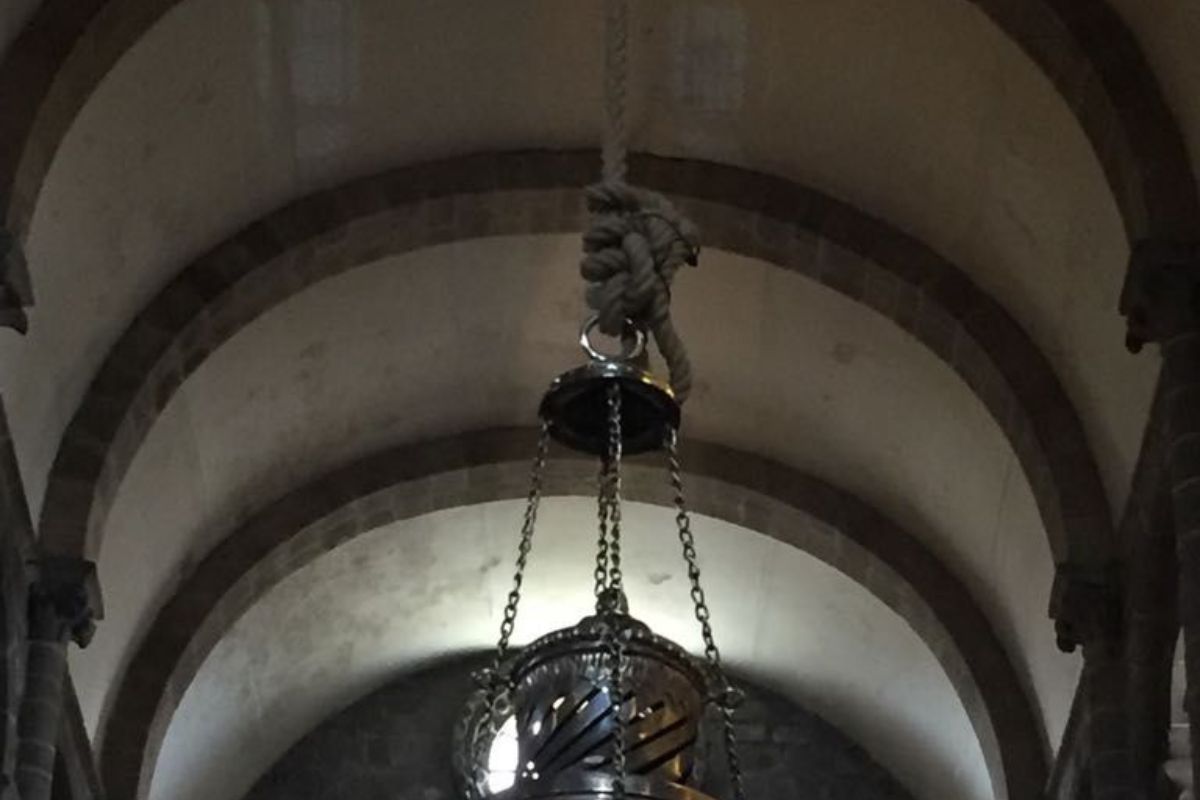
Detail of the knot and rope of the Botafumeiro
The flight: technique, rhythm and an arc that takes your breath away
To achieve its characteristic flight, the Botafumeiro is tied to a long rope that runs through the mechanism located in the dome, at more than twenty meters high. The rope descends to the presbytery, where the eight tiraboleiros coordinate with precision. One initiates a gentle swing; the others synchronize the rhythmic pull of the rope and, in a few seconds, the censer describes a majestic arc that crosses the transept. The movement lasts several minutes and reaches truly surprising speeds, always within a very careful protocol to guarantee safety.
The result is impressive: wood, stone, metal and incense create an unrepeatable scene. With each pass, the silvered censer seems to touch the light and the incense leaves an aroma that many forever associate with their arrival in Santiago.

The flight of the Botafumeiro through the transept of the Cathedral
When it works and how to really see it
The Botafumeiro is not used in every mass. It is activated on liturgical solemnities and can also be set in motion upon request through a donation —something common among large groups of pilgrims—, with special mention and reserved seats.
Generally, it operates on the following dates in a guaranteed way:
- The Epiphany of the Lord: January 6
- Easter Sunday
- The Ascension of the Lord
- The Apparition of the Apostle-Clavijo: May 23
- Pentecost
- The Martyrdom of St. James: July 25
- The Assumption of Mary: August 15
- All Saints: November 1
- Christ the King
- The Immaculate Conception: December 8
- Christmas: December 25
- Translation of the Relics of the Apostle: December 30
To organize your visit, the most practical thing is to confirm dates and times at the Pilgrim’s Office or directly at the Cathedral. Arrive early (30–60 minutes in high season) if you want good visibility. The sides of the transept offer a fantastic perspective of the complete arc. If you travel in a group, it is worth checking in advance the possibility of activation by donation.
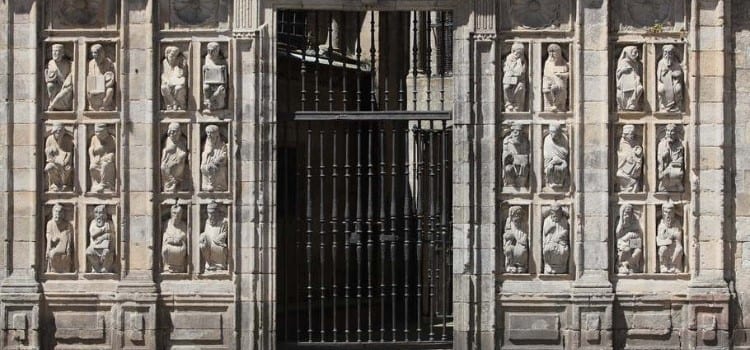
In Holy Year there are usually more opportunities to see the Botafumeiro in action
Curiosities, anecdotes and legends
The history of the Botafumeiro has left famous anecdotes. In 1499, during a mass with Princess Catherine of Aragon, the censer came loose and shot out towards the Puerta de las Praterías; in 1622, the rope broke; in 1937, it fell again amidst the roar of the Civil War. There were never mortal victims, but these episodes fed the legend and motivated improvements in the system. There is also talk of the pilgrim who got too close and was injured: a warning for the curious, keeping distance is not just courtesy… it is also safety.
Experience it as part of your Camino
For many, seeing the Botafumeiro in their arrival mass is the crowning moment of the Camino, as it is living history, heritage and shared emotion. If you have the chance to see it in Santiago Cathedral, don’t miss it. It is one of those memories that stay forever. If you are organizing your trip and want to include this experience, you can count on us, Viajes Camino de Santiago: this way you can plan every detail and ensure you experience this unique moment in the best possible way.

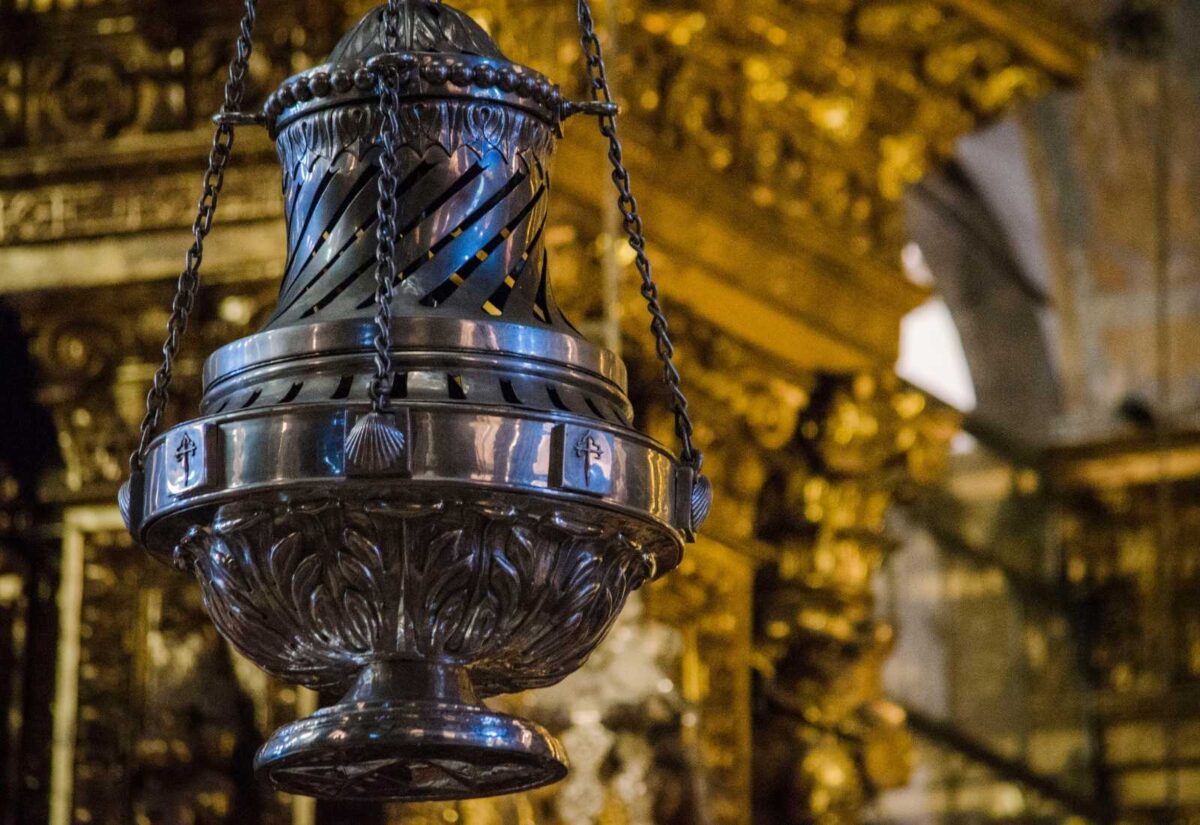










Leave A Comment